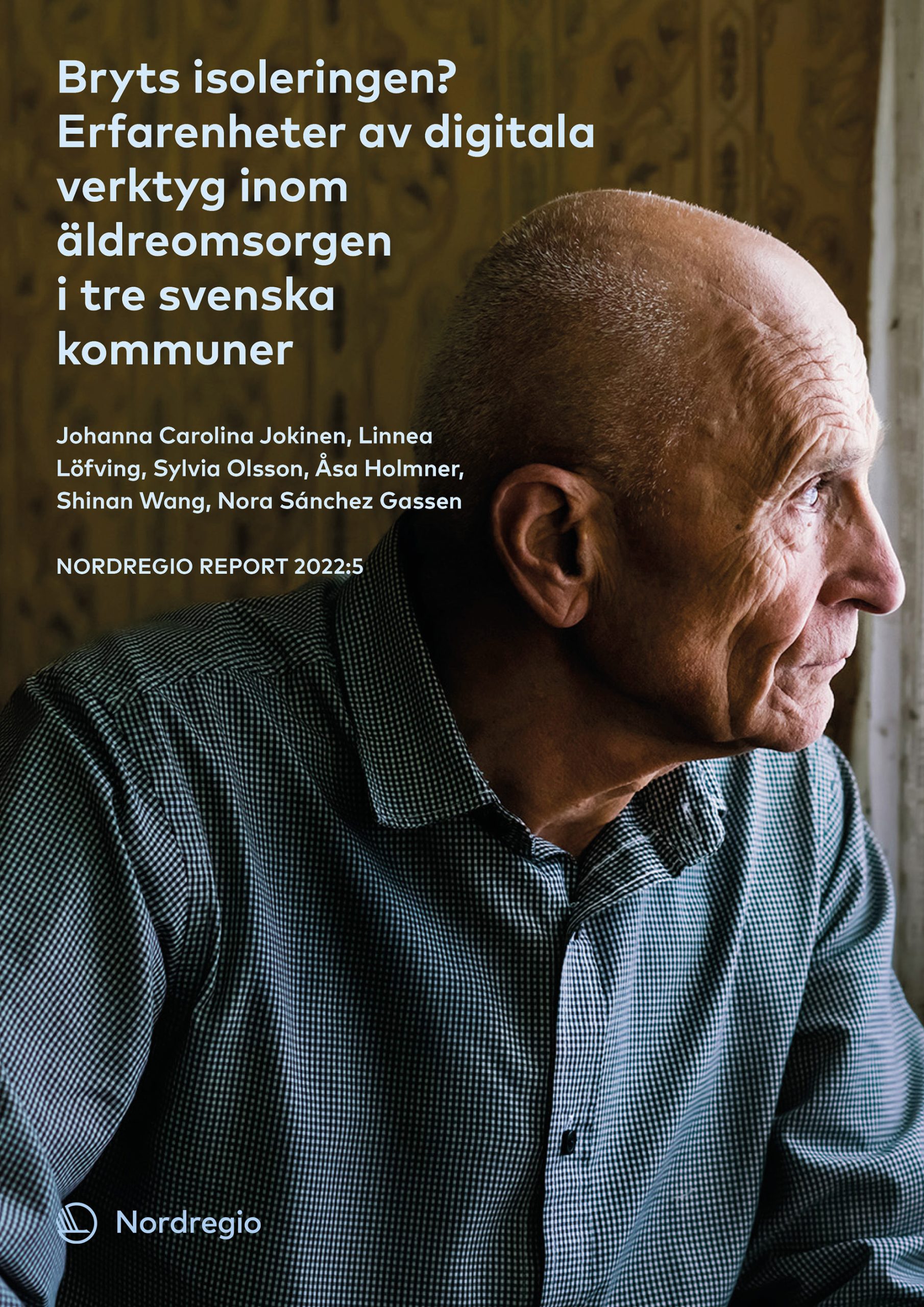Loneliness and social isolation pose significant challenges for older people living alone and in nursing homes by affecting their physical and mental health. Due to requirements for self-isolation during the Covid-19 pandemic, these challenges have been further exacerbated. The use of digital technology in elderly care has the potential to combat social isolation, for example, by increasing access to home care and providing opportunities to participate in social activities. Nevertheless, previous knowledge about the efficiency of digital interventions to counteract the loneliness of older people is limited.
The new report investigates how caregivers have dealt with the challenges of loneliness and social isolation of the elderly population during the Covid-19 pandemic, focusing on the use of digital technologies. The aim was also to understand better how digital tools can be used in a socially inclusive way in elderly care.
The research method consisted of semi-structured interviews with municipal officials, senior care managers and senior care staff in three case study municipalities (Huddinge, Eskilstuna and Storuman). In addition, older adults who live in nursing homes and at home with support efforts such as home care were interviewed, and a mapping analysis of the case study municipalities was carried out. The transcribed interview material was analysed using a qualitative manifest content analysis method.
According to the interview results in the three case study municipalities, the pandemic has not been a considerable driving force for a digital transformation in elderly care. In all municipalities, they had started working on certain digitisation efforts even before the pandemic broke out in the spring of 2020. With the pandemic, they had to make quick and courageous decisions, and the municipalities also received state grants that enabled digital investments, such as the purchase of digital equipment.
In addition, the elderly care staff supported the elderly using digital tools and created digital meeting places to minimise the number of visits. At the same time, several previous digitisation initiatives were postponed due to staff shortages and restrictions. However, the pandemic has created an understanding of what needs to be done to digitise care for the elderly. It has also shown weaknesses that need to be improved. The biggest challenges include insufficient skills, both among the staff and the elderly.
The results also showed that it is very individual how the elderly have experienced the pandemic and the use of digital tools and its impact on social isolation. Thus, it is essential to examine which services should and should not be digitized and maintain flexibility for the individual’s needs. In addition, it was clear that it is challenging to replace physical contact with relatives and friends with digital tools. However, the increased use of digital solutions can free up resources that can be used for other efforts. Introducing digital activities alongside regular physical gatherings can also help to include more older adults in social contexts.








